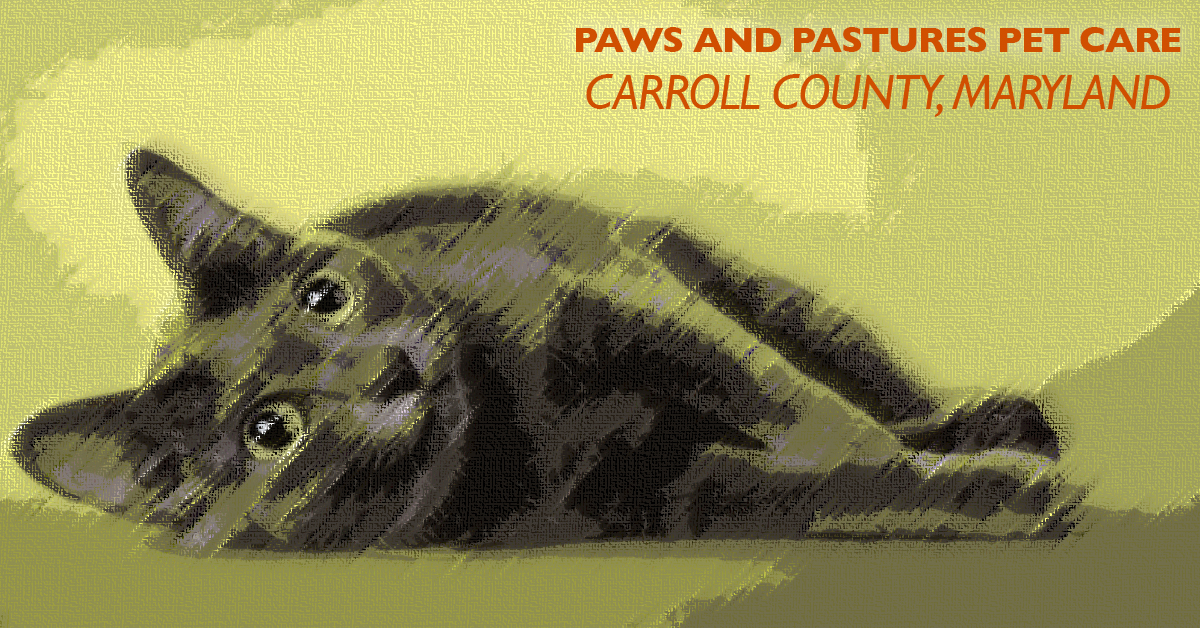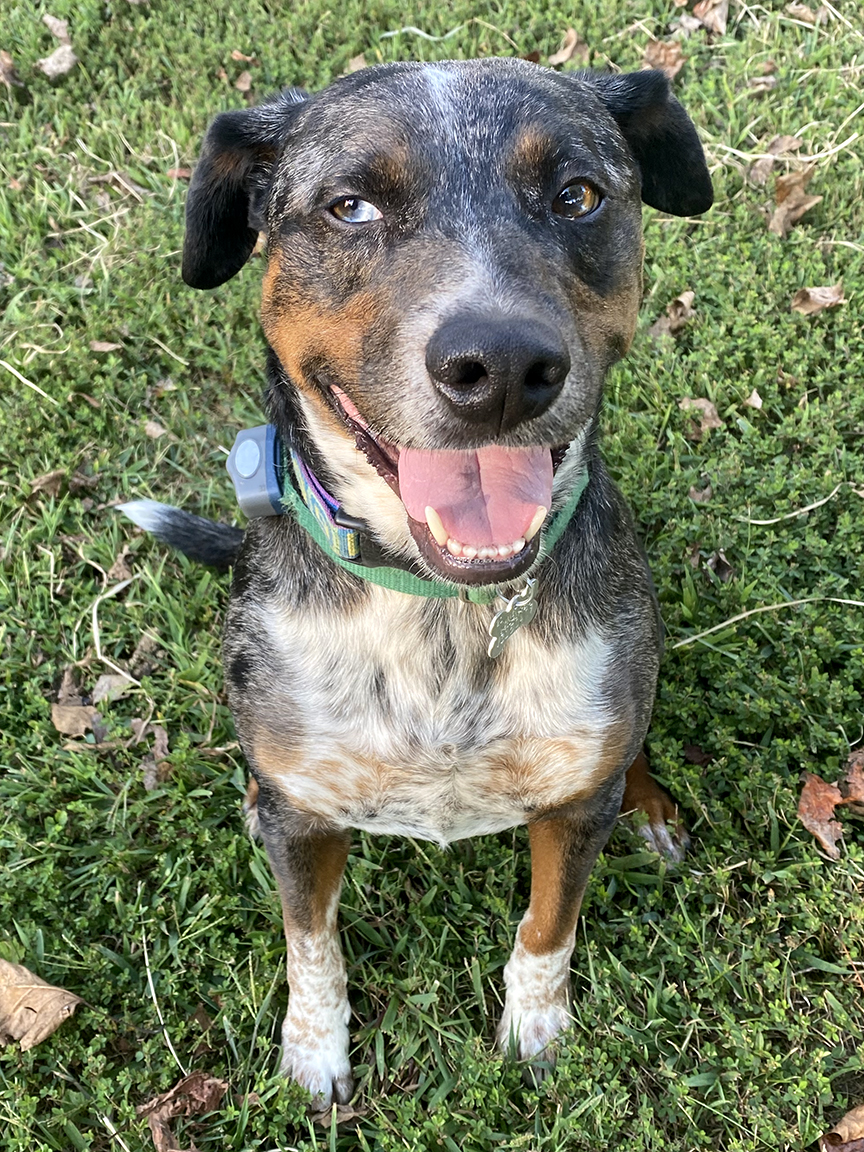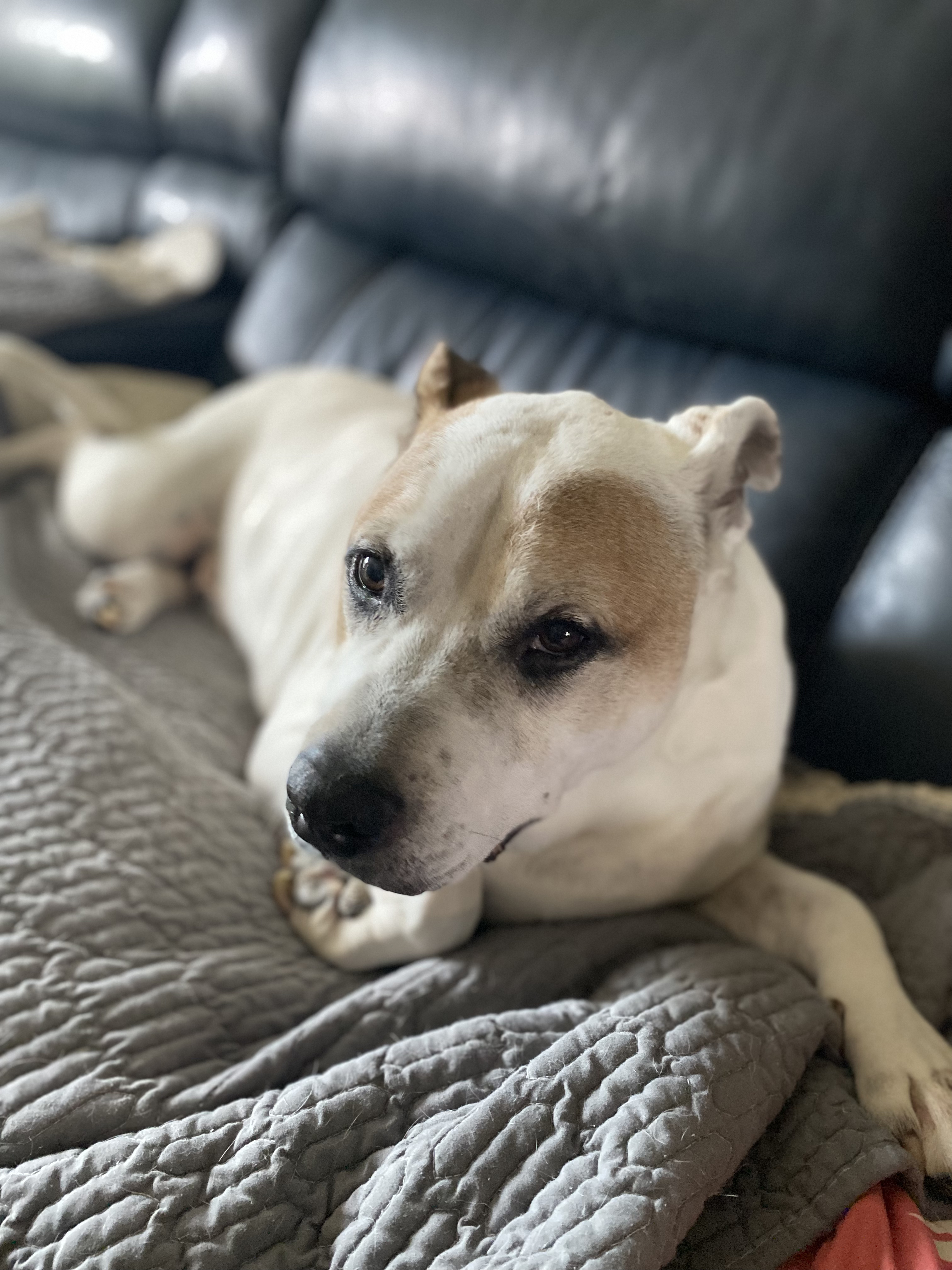
 When you’re heading out on vacation, your pets’ comfort and safety are top priorities. Hiring a pet sitter is a great way to ensure your furry (or feathered!) friends stay happy at home, but one of the most important things you can do is leave clear, written instructions. Even the most experienced pet sitter can only follow what they know and many pet parents unintentionally leave out essential details. A little preparation goes a long way toward avoiding confusion, unnecessary interruptions during your trip, or worse, stress for your pets. Here’s how to create easy-to-follow instructions for your pet sitter:
When you’re heading out on vacation, your pets’ comfort and safety are top priorities. Hiring a pet sitter is a great way to ensure your furry (or feathered!) friends stay happy at home, but one of the most important things you can do is leave clear, written instructions. Even the most experienced pet sitter can only follow what they know and many pet parents unintentionally leave out essential details. A little preparation goes a long way toward avoiding confusion, unnecessary interruptions during your trip, or worse, stress for your pets. Here’s how to create easy-to-follow instructions for your pet sitter:
1. Write It Out and Leave It in a Visible Spot
Always write your instructions down and leave them on the kitchen counter or another obvious location. Even if you’ve already discussed things verbally, written notes act as a reference point in case your sitter forgets a detail or needs clarification.
2. Food Instructions
This is the area where pet parents most often forget crucial details. Be sure to include:
-
Where the food is located (pantry, freezer, refrigerator, garage bin, etc.).
-
Exact measurements for each meal (cups, scoops, or grams). If you use a special measuring cup, leave it with the food.
-
Feeding schedule (what time of day and how many times per day).
-
Special preparations such as heating rice, mixing in cooked chicken, thawing frozen food, or serving deer meat.
Clear instructions ensure your pet’s diet is consistent and stress-free.
3. Medications & Supplements
If your pet takes medications or supplements, label them clearly and store them where your sitter can easily find them. Your notes should specify:
-
The name of the medication or supplement.
-
Dosage (how many pills, milliliters, or scoops).
-
Frequency (once a day, twice a day, only in the evening, etc.).
-
How to give it (with food, in a pill pocket, mixed into wet food, crushed into rice, etc.).
Having this written out avoids guesswork and keeps your pet safe.
4. Special Instructions & Emergency Notes
 Every pet has quirks or special needs—this is where to list them. For example:
Every pet has quirks or special needs—this is where to list them. For example:
-
Allergies: “Max is allergic to bee stings. If he gets stung, give him the emergency antihistamine (in the labeled drawer) and call the vet.”
-
Behavioral notes: “Lucy is terrified of thunderstorms. Please turn on the TV for background noise and sit with her if possible.”
-
Household details: “The cat’s litter scoop and bags are in the laundry room cabinet.”
Think of this section as a cheat sheet for anything unique to your pet’s comfort and safety.
5. Contact Information
Always include:
-
Your cell number.
-
Your vet’s name, address, and phone number.
-
A trusted backup contact (neighbor, friend, or family member).
Why This Matters
As a pet sitter, I can tell you many instructions are incomplete, owners forget to mention where food is stored, which scoop to use, or how to prepare meals. Some pets require elaborate diets (like warmed rice or specific meats), and without clear notes, sitters are left guessing or interrupting your vacation with questions.
By taking the time to write thorough, organized instructions, you’ll save your sitter stress, keep your pets safe, and give yourself peace of mind while you’re away.
Final Tip
Make your written instructions part of your travel routine. Before every trip, quickly review and update them. That way, you’ll know your pet sitter has everything they need to provide loving, consistent care.
Download Your Free Pet Care Instructions Template
Print, fill, and leave it on the counter, everything your sitter needs in one place!
Pet_Care_Instructions_Template

Read what other pet parents have to say about Paws And Pastures Pet Care